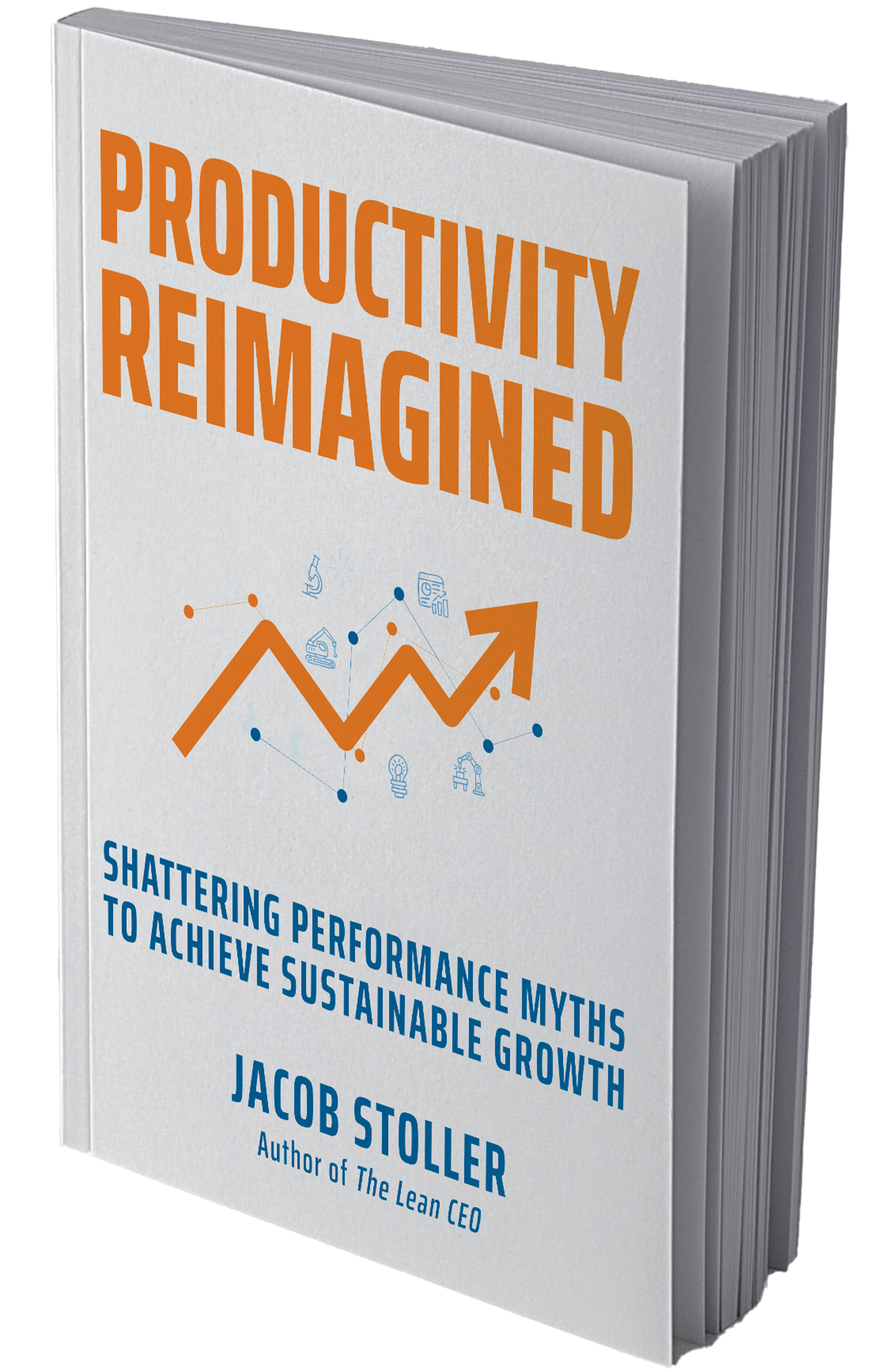In his wonderful book Thinking Fast and Slow, Nobel Prize-winning psychologist and author Daniel Kahneman describes how the human mind jumps to conclusions and then hangs on to those conclusions for dear life. One of the phenomena is called WYSIATI, an acronym for What You See Is All There Is.
The idea is that our intuitive mind draws on whatever data we have in a particular circumstance, and then paints a scenario that explains it. That scenario then becomes, by our perception, the truth. We feel no need to have additional information. As the expression goes, that’s all there is.
WYSIATI helps explain why managers read financial reports and are then convinced that they know everything they need to about their business. I would posit that WYSIATI and related principles are the bedrock of hierarchical management – they provide the perceived knowledge that allows decisions, however ill-informed, to be made.
The bad news for hierarchical managers is that they don’t really know, they just think they know. This is why organizations labor under an enormous burden of waste, why workers feel alienated from management, and why a process that should take a few hours stretches out to weeks or months.
I think W. Edwards Deming understood the dynamics of presumption deeply when he said that people don’t understand variability. And when Taiichi Ohno said that we’re wrong at least half the time, I think that he was keenly aware of our tendency to make assumptions and then stick with them.
The antidote is genchi genbutsu, the Japanese term for “go and see for yourself”, which is one of the backbones of lean thinking. The prevalence of premature conclusions in our decision processes, and the disastrous results, explains why this concept is so powerful, and why leaders can only understand the business if they get out of their offices and spend time in gemba, the workplace. It’s not just about showing presence, it’s about replacing assumed knowledge with real knowledge.


Leave a Reply